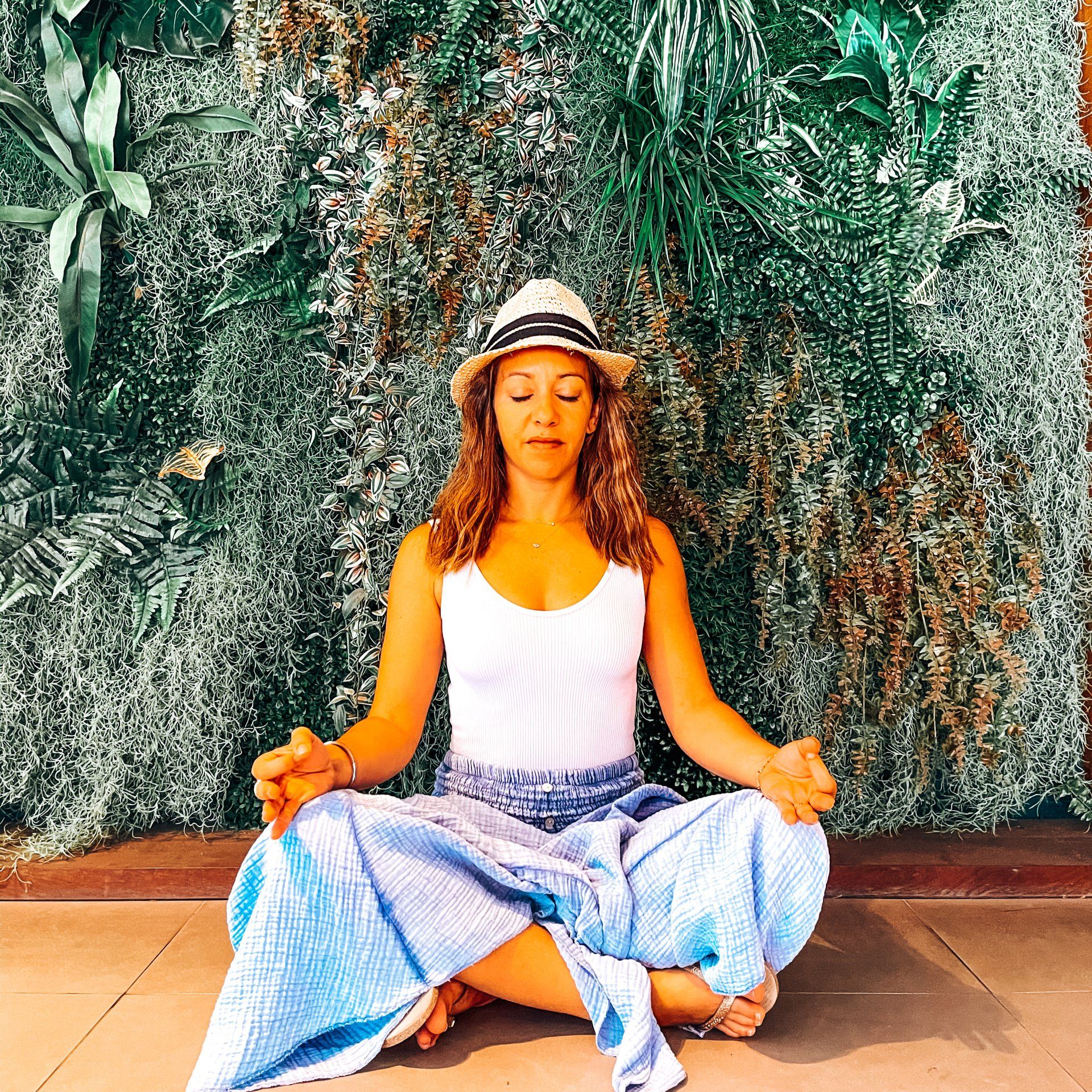Class Management in Yoga 🧘♂️💫: Building an Inclusive Atmosphere and Group Dynamics
Class Management in Yoga 🧘♂️💫: Building an Inclusive Atmosphere and Group Dynamics
Why Class Management is Key in Yoga 🌸
Class management in yoga goes far beyond the physical arrangement of the space and the mastery of pose sequences. It’s about creating a space where each student feels respected, supported, and encouraged 💖.
An instructor who can effectively manage a class promotes:
- A Secure Atmosphere 🕊️: Students feel more relaxed and open to the experience of practice.
- Participation and Engagement 🤝: Students are more inclined to actively engage in the session.
- Group Cohesion 🧩: Positive group dynamics help strengthen the connection between students, fostering a sense of community.
1. Creating an Inclusive and Welcoming Atmosphere 🌱
From the very start of the session, it’s essential to establish an inclusive atmosphere so that each student, regardless of level or experience, feels comfortable and at home 🏡.
Techniques for Creating an Inclusive Environment 🕯️
- Warm Welcomes 😊: Greet each student individually before the session begins. This simple gesture establishes a personal connection and shows that every person is welcomed.
- Class Overview 🎯: Briefly explain the intention of the class, indicating that everyone is free to follow their own pace and take breaks as needed. This helps students feel comfortable respecting their limits.
- Adaptation to Individual Needs 🌈: Always offer pose variations to allow students to choose what feels best for them. Provide simpler options for beginners and more advanced variations for experienced students.
Encouraging a Kind Attitude 🤲
Encourage students to focus on their own practice rather than comparing themselves to others. Remind them that yoga is an individual journey and that each person has their own challenges and rhythm.
2. Promoting Clear and Respectful Communication 💬
Effective communication is essential for building trust between you and your students 🌟. As an instructor, your voice and gestures play a crucial role in how students receive and interpret your instructions.
Techniques for Effective Communication 🗣️
- Tone and Articulation 🎶: Use a calm and kind tone, and speak clearly so that every student can follow instructions, even if the room is large or some students are further away.
- Accessible Language ✨: Use simple terms and avoid overly complex instructions. For example, instead of saying, "align your body perfectly," try "adjust your posture until you feel stable and comfortable."
- Positive Encouragement 💪: Recognize every student’s efforts, regardless of their level. Words like "well done," "keep going at your own pace," or "great effort" reinforce confidence and encourage active participation.
Importance of Gestures and Body Language 👋
Display openness and availability through gentle gestures and a grounded, relaxed posture. Students will feel more at ease if they perceive kindness and attention in your body language and gaze 😊.
3. Mastering Group Dynamics for a Positive Climate 🌅
A good group dynamic helps make the session more harmonious and enjoyable for everyone 🧘♂️🧘♀️. As an instructor, it’s important to encourage mutual respect and support among students, fostering a sense of community.
Techniques to Strengthen Group Dynamics 🤗
- Create Moments of Connection 💬: Before or after the session, invite students to share a word about how they feel or their intentions for the day’s practice. These exchanges build bonds among participants and reinforce a group spirit.
- Respect Personal Space 🛋️: In yoga, respecting space is essential. Ensure each student has enough room to feel comfortable, especially during lying poses or wide movements.
- Flexibility with Unexpected Situations 🕰️: If a student arrives late, integrate them discreetly into the session without disrupting the class. If distractions occur (like a phone ringing), handle them calmly and without judgment to maintain harmony.
Managing Varied Energies 🌊
Some students may come with high energy, while others may feel tired or stressed. Adjust your approach by offering breathing exercises or grounding poses at the start of the session to balance the group’s energy.
4. Balancing Individual and Group Needs 🧍♂️🧍♀️
Each student is unique, with different abilities, expectations, and needs. As a teacher, it’s important to know how to balance your attention between the group as a whole and the specific needs of each student.
Techniques for Individualized Management within the Group 👥
- Observe without Interrupting 👀: Discreetly observe students to identify those who might need adjustments without disrupting their focus.
- Offer Adjustments 🙋♂️: If a student is in an uncomfortable or risky pose, approach calmly and suggest a verbal adjustment first. Physical adjustments should always be done with the student’s consent to respect their personal space.
- Support Beginner Students 🌱: Provide extra guidance to beginners by showing simpler variations and reassuring them that they can progress at their own pace.
Fostering Autonomy 🌸
Encourage students to listen to themselves and adjust their practice according to their sensations. This allows them to develop a personal relationship with yoga and build more confidence in their practice.
5. Encouraging Engagement and Active Participation 🎯
To maximize the benefits students gain from each session, it’s important to create a climate that encourages active engagement and participation 💪.
Techniques to Motivate Students 🧘♀️
- Set an Intention for the Session 🎯: Offer an intention or theme for the session, such as focus, balance, or letting go. This can help students connect more deeply with their practice and stay engaged.
- Invite Students to Listen to Their Bodies 🧏: Encourage each student to respect their own limits and adjust poses based on how they feel. This creates an environment where everyone feels free to explore without pressure.
- Encourage Gently 💬: If a student is hesitant to try a new pose or variation, encourage them gently without pushing. Yoga should remain a space of freedom, not competition.
Include Sharing Moments 🤝
At the end of the session, offer students an opportunity to share their experiences. This creates a supportive atmosphere where everyone can express their journey and progress and feel backed by the group.
Conclusion 🌟: Toward Harmonious and Compassionate Class Management
Class management and group dynamics in yoga are essential elements for creating a positive and inspiring atmosphere where each student feels comfortable to progress at their own pace. By incorporating kind communication techniques, fostering respect, and encouraging students’ autonomy, you can transform every yoga session into a space where everyone feels seen, respected, and encouraged ✨.
As a teacher, these skills not only help create a harmonious environment but also enhance the quality of your teaching.
By supporting each student’s active participation and promoting positive group dynamics, you make yoga a tool for everyone’s well-being and personal growth 🌿.
Namaste 🌺






